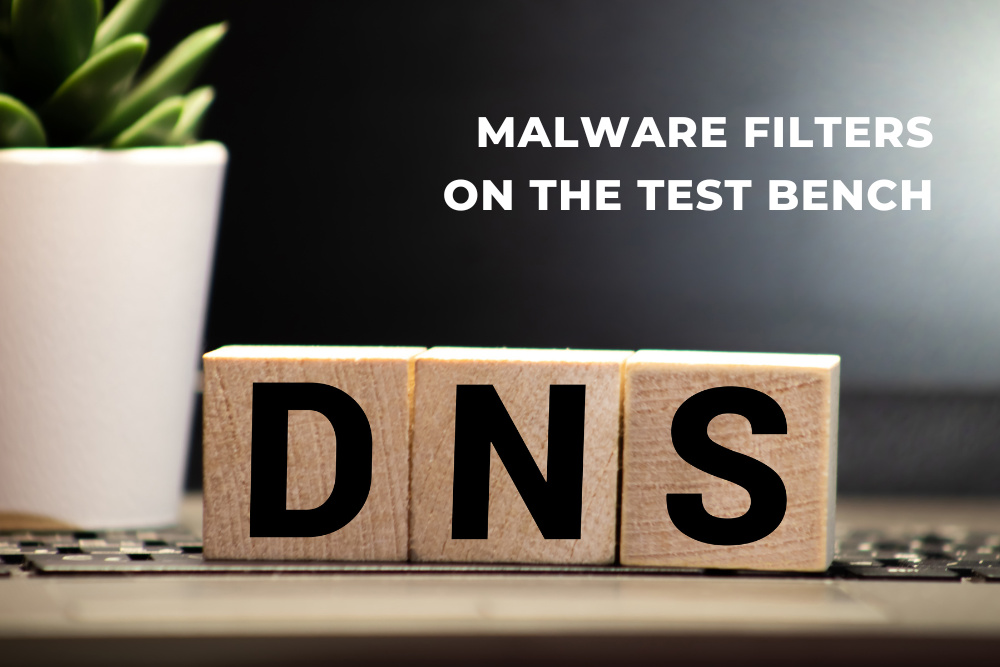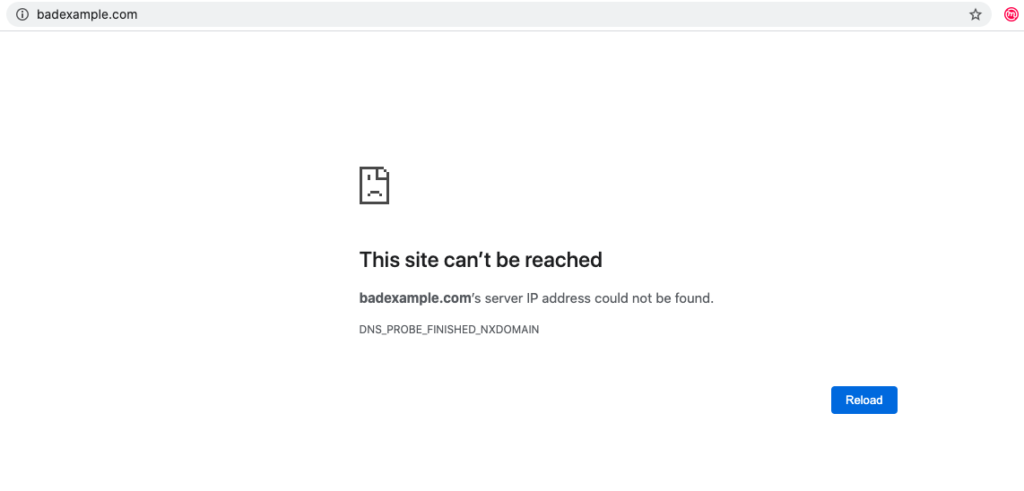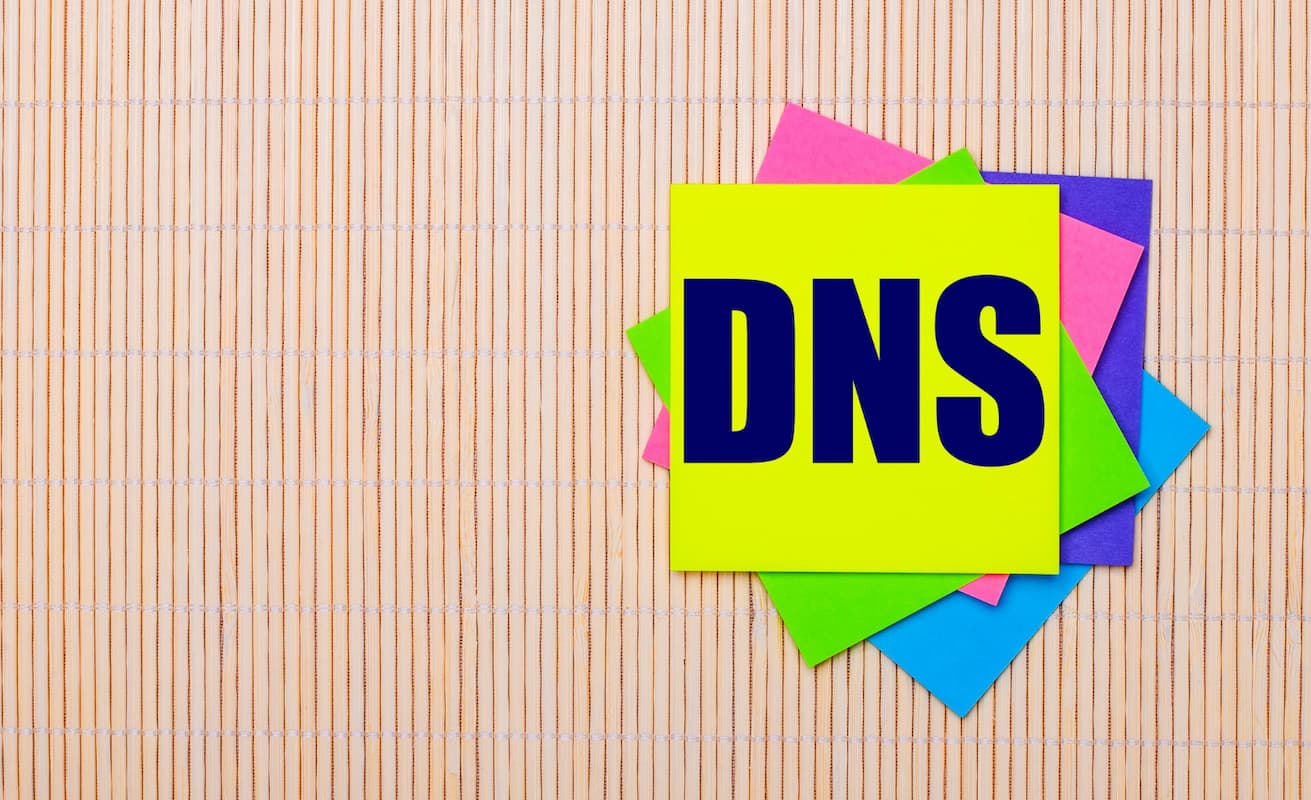RMerlin
Asuswrt-Merlin dev
I always wondered how the various DNS-based malicious website blockers compared. Finally someone tested a few of them against a list of known malicious domains:

 techblog.nexxwave.be
techblog.nexxwave.be

Public DNS malware filters tested
How well do public DNS resolvers that claim to block malware domains really score? Which provider is the safest? We did the test!





